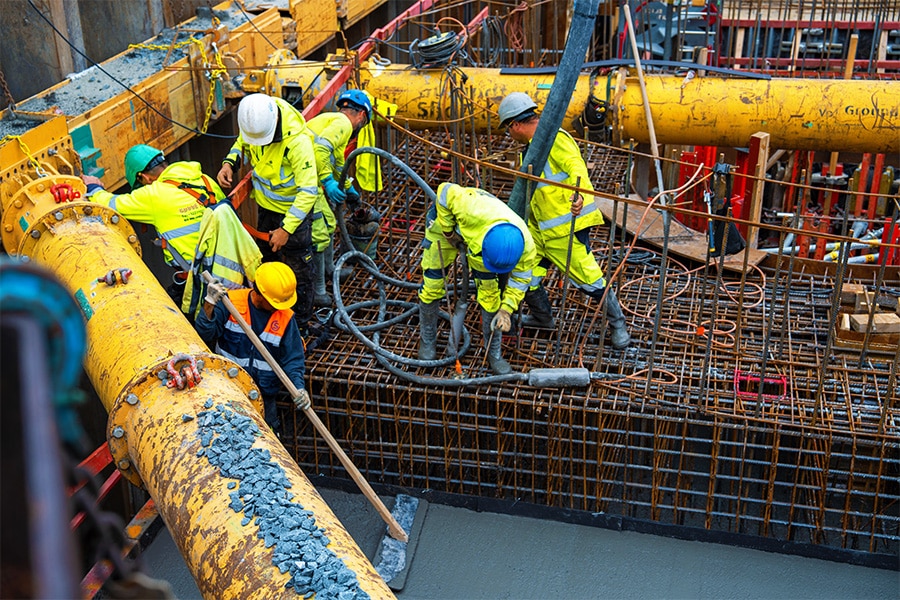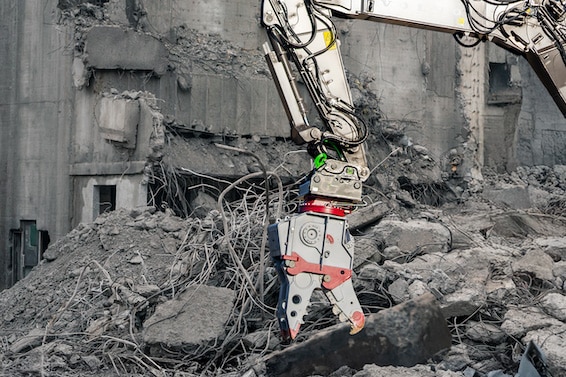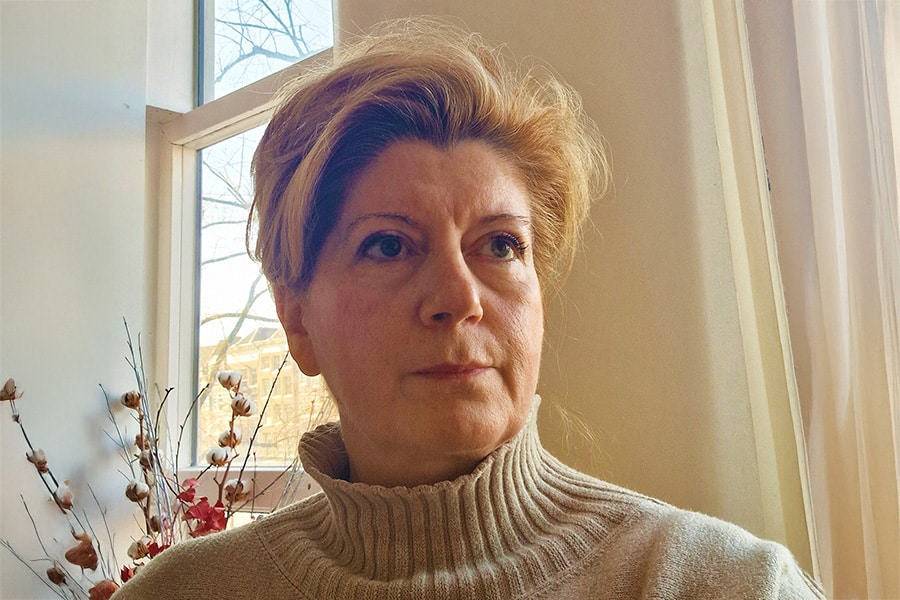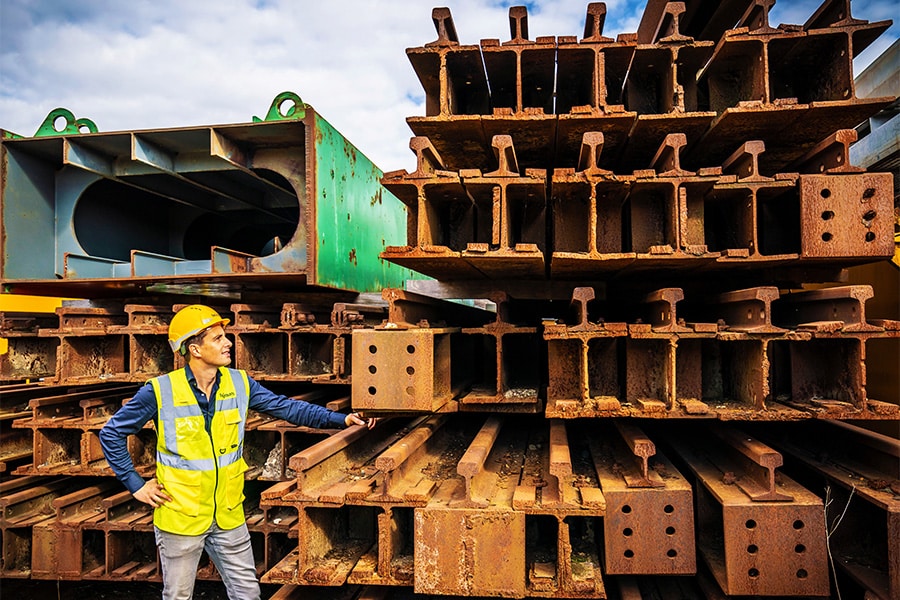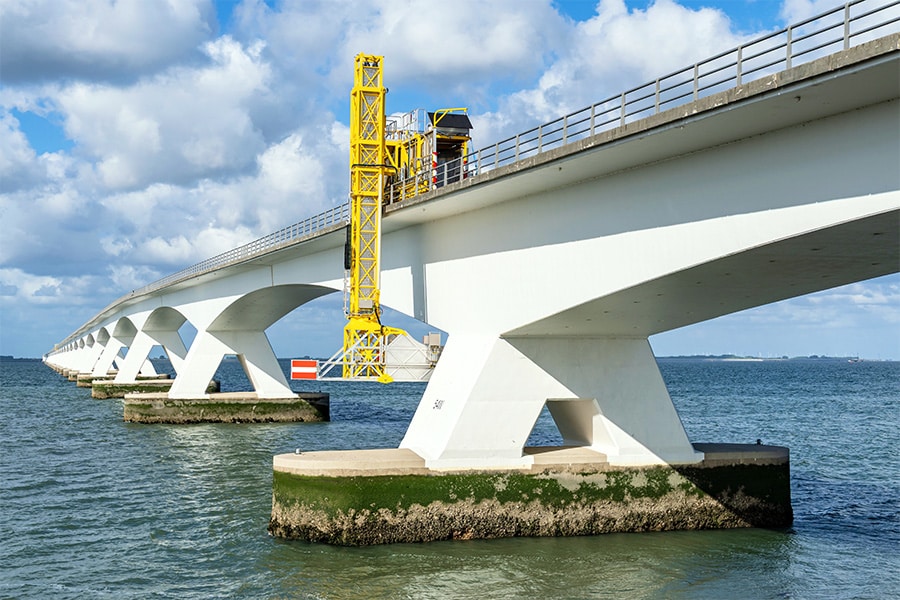
The art of steel and concrete protection
In the fifteenth century, two brothers from Maaseik turned the art world upside down. Jan and Hubert van Eyck perfected oil painting techniques and gave painting a new luster, with ‘The Lamb of God’ as the organ point. In doing so, they innovated in terms of aesthetics and durability through wafer-thin layers of paint that combined color, light and protection.
Six centuries later, Bjond, the Maaseiker consultancy that is celebrating its 10th anniversary this year, is all about the same principle. “We too are concerned with thin layers that make a difference,” says founder Jo van Montfort. “Only we don't work with paintings, but with steel and concrete. Our coatings protect other works of art such as bridges, tanks and stadiums from corrosion and give them a look that suits their function.”

The art of measuring without damaging
Where art historians work with X-rays and spectrometers, Bjond uses advanced measurement methods to understand coatings in construction and industry. The company works with Electrochemical Impedance Spectroscopy (EIS), a technique that was barely known in the Netherlands and Belgium when Bjond began using it. “Compare it to a medical examination,” Van Montfort explains. “Via a weak electrical signal in the paint layer, we measure how it reacts. This gives us insight into the condition of the layer, without scratching or drilling. It's just like the Van Eyck paintings: the real value is in the preservation, so you absolutely don't want to do any damage.”
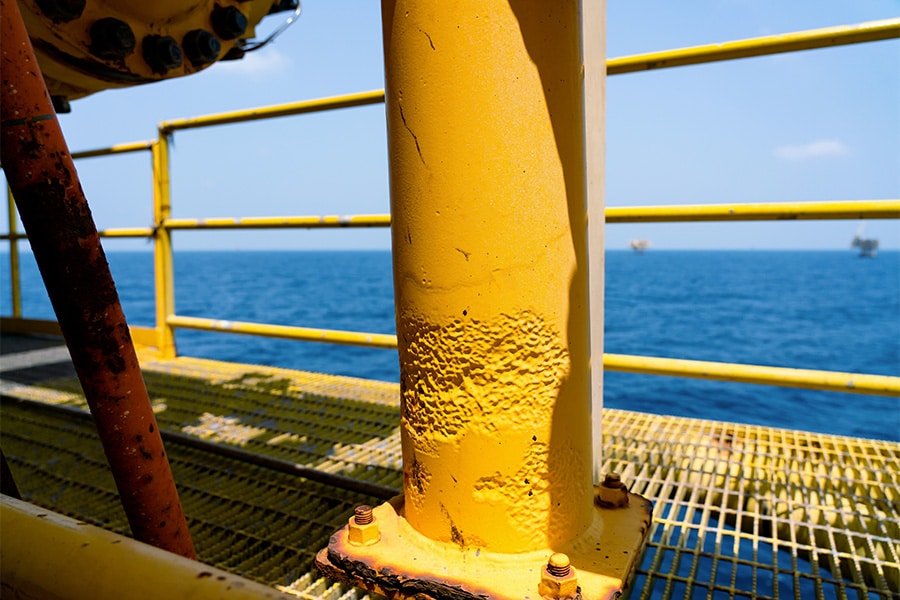
From Zeeland Bridge to soccer stadium
Bjond's projects illustrate the breadth of her expertise. Take the iconic Zeeland Bridge: as the longest bridge in the Netherlands, it is constantly exposed to salty air and storms. Bjond used various advanced techniques to examine the condition of the protective coating there, without damaging the bridge. In the Philips Stadium of PSV, she ensured that the steel structures remain reliable in the long term, while at the National Military Museum aesthetics and sustainability had to go hand in hand in an urban context. For Infrabel, Bjond also inspected the condition of railroad bridges - literally the backbone of transportation.
A very recent project are TenneT's offshore platforms and steel wind turbine foundations of several European clients. Together with its customers, Bjond is studying plans to perform accurate on-site EIS measurements on the complex coating layers that protect vital equipment and platform structures from corrosion due to salt water, solar intensity as well as storm tides. “An offshore environment is undeniably the ultimate stress test,” says Van Montfort. “Our data give offshore owners and operators certainty about how long the protective layers will remain intact.”
Bjond is also prominent in industrial plants: from storage tanks for oil and chemicals to biodigesters, where corrosive gases attack the steel, and tanks for fish farming, with constant corrosion from both water and oxygen.
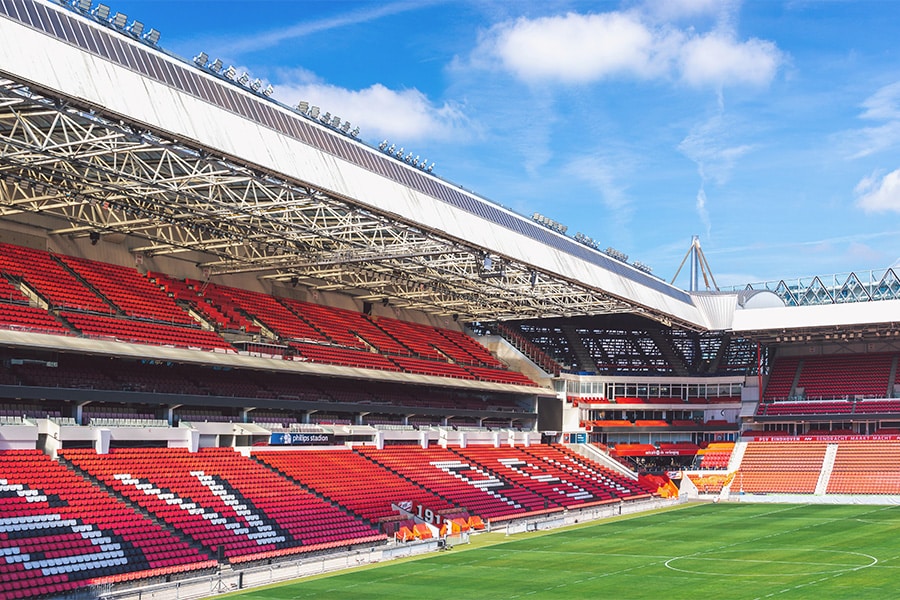
Parallel to the Van Eycks
For Van Montfort, the comparison with the Van Eycks is more than a nice anecdote. “Their paintings are still a marvel of technique and beauty. We are trying to achieve the same thing in our time, with infrastructure and industrial installations. Ultimately, it's about sustainability: making sure that a work of art - whether it's an altarpiece or a railroad bridge - stands the test of time.”
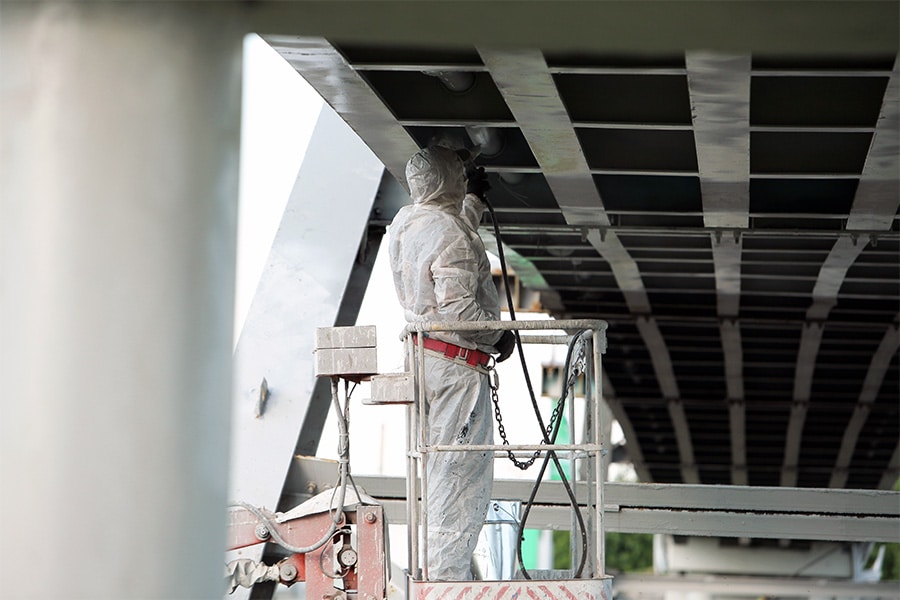
Looking Ahead
Ten years of Bjond is also a look ahead. The company is working on permanent monitoring systems that provide real-time data so that maintenance can be planned predictively. “That's the future,” says Van Montfort. “But the basics remain the same: you have to understand perfectly what is happening in that one thin layer of material.”
From the refined oil paints of the Van Eycks to today's clever coatings, the Maaseiker story of innovation and Bjond's input show that sustainability often lies in almost invisible details.
